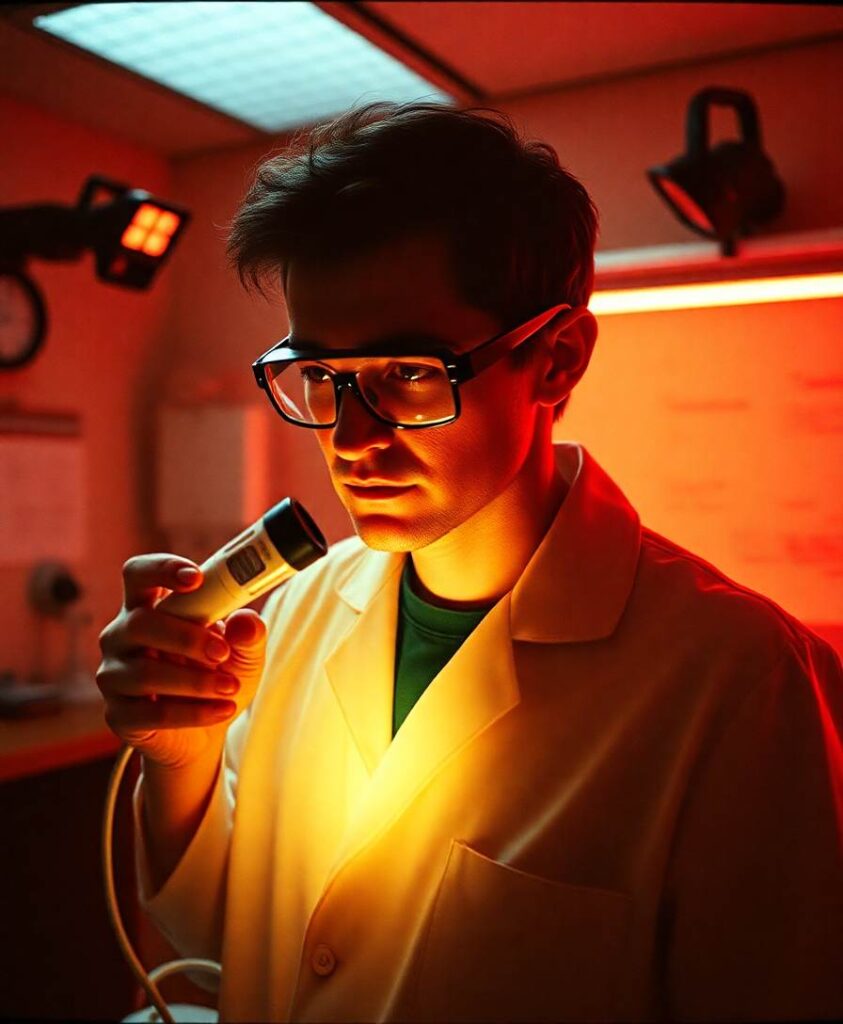Alzheimer’s disease (AD) is a neurodegenerative ailment, which gradually deteriorates memory and weakens the cognitive functions and capacities of the body, such as recall and logic. To diagnose this disease, CT, MRI, PET, etc. are used. However, these methods are time-consuming and sometimes yield inaccurate results. Thus, deep learning models are utilized, which are less time-consuming and yield results with better accuracy, and could be used with ease. This article proposes a transfer learning-based modified inception model with pre-processing methods of normalization and data addition. The proposed model achieved an accuracy of 94.92 and a sensitivity of 94.94. It is concluded from the results that the proposed model performs better than other state-of-the-art models. For training purposes, a Kaggle dataset was used comprising 6,200 images, with 896 mild demented (M.D) images, 64 moderate demented (Mod.D) images, and 3,200 non-demented (N.D) images, and 1,966 veritably mild demented (V.M.D) images. These models could be employed for developing clinically useful results that are suitable to descry announcements in MRI images.


